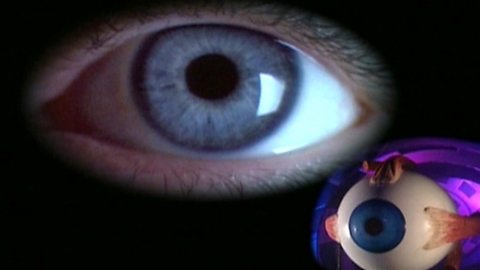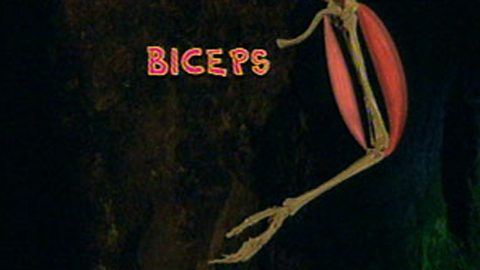The human eye and how it works
Description
This clip is a look at the human eye and how it works. We illustrate the functions of the eye with models, film clips and magnified images. The eye is a ball with a hole at the front, the pupil, which lets in light. Inside the eye is a lens which focuses the light onto a surface at the back of the eyeball. This surface is called the retina and is made up of special cells which detect light and send messages to our brain, allowing us to see. When we have our eyes tested, an optician shines a light into our eye and uses a magnifying lens. This shows the optician the blood vessels on the surface of the retina and the light-sensitive cells. A human eye has more than a million light-sensitive cells.
Classroom Ideas
Students could explore how their eyes react to different levels of light by sitting face to face with a partner. One partner closes their eyes for 30 seconds and then as they open them their partner could observe how their eyes adjust to the light in the room. They swap over. Students could then be asked to write a summary of their observations and use the information given in the clip to explain these changes.
To develop learning further, students could explore how our eyes see colour in different lighting conditions. Students could be asked to pick up a cube in their favourite colour from a selection in a box. Light could then be dimmed for around ten minutes while students discuss the task and then be asked to pick their favourite coloured cube again. Students should note that it is much more difficult to detect colours in low lighting. This is because our retinas are covered with light-sensitive cells called rods and cones. In low lighting we rely on the rods to help us see, however rods do not detect colour so we therefore find it difficult to see colours in the dark.
Alternatively, students could explore the different parts of the eye. Given a diagram of the eye, students could be asked to add labels and annotation to describe the different parts.
Body systems
Now playing video 2 of 7
- Now playing1:28

- 1:04
